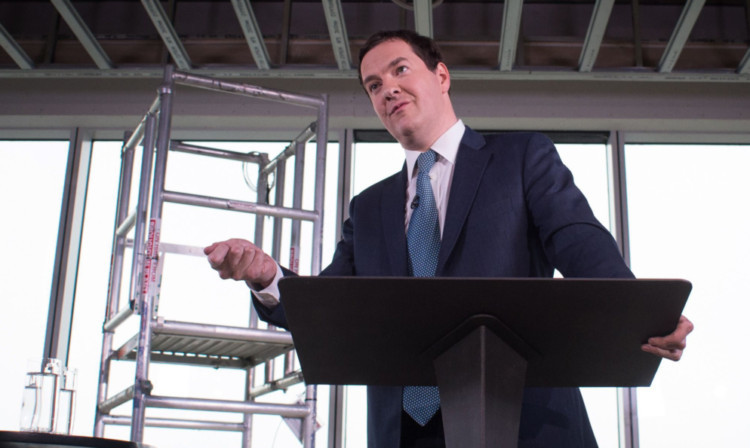Evidence shows the Government’s austerity programme is working and the UK economy is “turning a corner”, Chancellor George Osborne has declared.
In a foretaste of the political argument Conservatives will use in the 2015 general election campaign, the Chancellor warned that holding to his course is the only way of delivering lasting improvement in living standards.
Switching economic policies would be “disastrous”, putting at risk the advances achieved by the sacrifices of the past three years, he said.
In a speech at a building site in east London, Mr Osborne said that those like shadow chancellor Ed Balls who argued for a Plan B involving more state borrowing and less deep cuts have “lost the argument” because they were unable to explain the recovery of the past few months.
And he warned of the need to make “many billions” more in savings after the next election, cautioning Labour that “anyone who thinks those decisions can be ducked is not fit for Government”.
In a direct challenge to Labour’s decision to put cost-of-living issues at the centre of its agenda in the run-up to the election, Mr Osborne said that Britain was poorer today because of economic decisions taken by the previous government and warned that Plan B would “add hugely to the cost of living”.
“Just as our economy recovers and the British people’s efforts start to pay off now is not the time to put all that at risk, and I will not do that to this country,” he said.
“We have laid the foundations. We have built on top of them. But we cannot stop now. We have got to finish the job. And we will.”
Mr Osborne has been buoyed by revised gross domestic product figures showing the UK economy grew by 0.7% in the second quarter of the year, with predictions it could reach 1% for the third quarter.
The respected OECD think-tank has almost doubled its prediction for UK growth this year to 1.5%.
Rising property prices and a summer retail splurge as well as booming car sales have also contributed to the feel-good factor, with surging manufacturing figures for June also helping fuel the better mood.
Goods exports excluding oil plunged however by 9.3%, and the overall trade deficit more than doubled from £1.3 billion to £3.1 billion, with real terms wages also in decline.
Labour leader Ed Miliband said: “I think it’s extraordinary complacency from the Chancellor. He is actually saying to the British people that he has saved the British economy at a time when, for ordinary families, life is getting worse and living standards are falling.”
